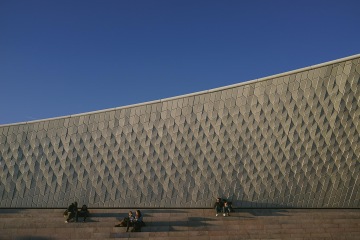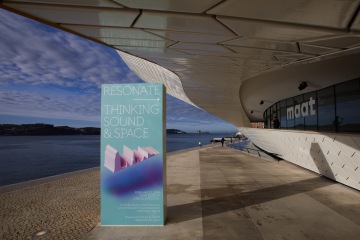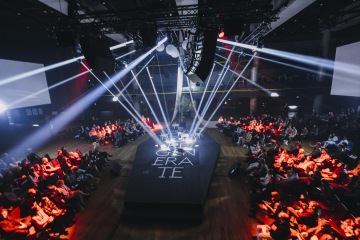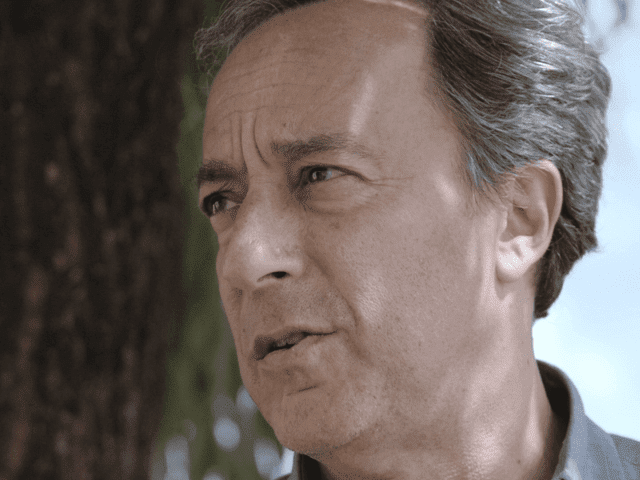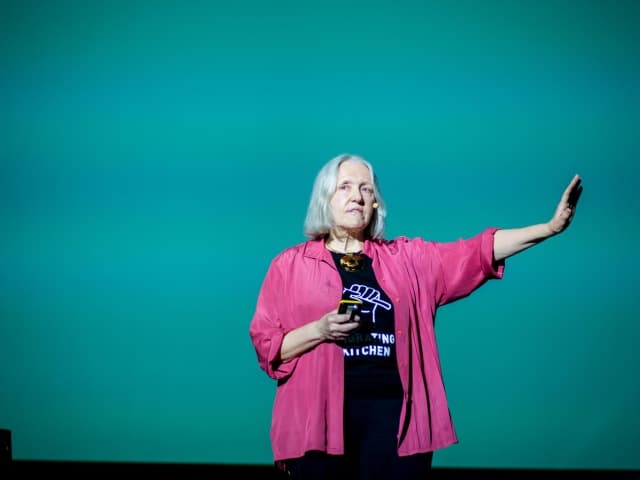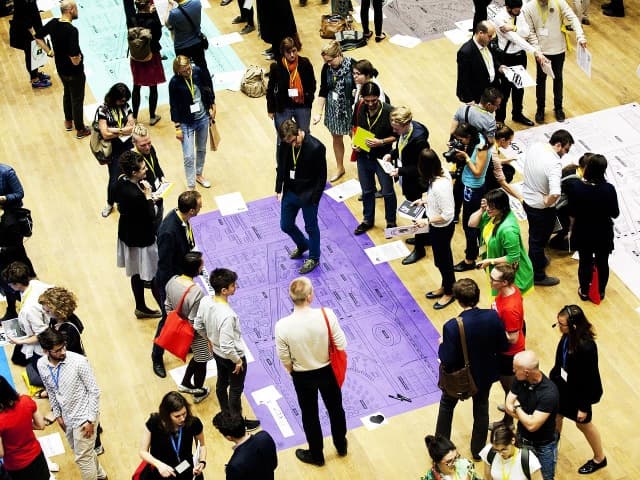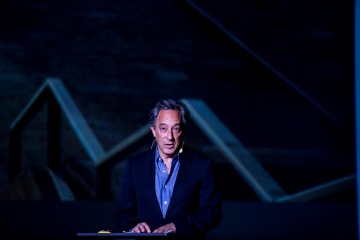
Michael Kimmelman: Why Sound Matters
"Architects often don’t think about sound. Here’s why they should." An eye-opening article by architecture critic, author and columnist of The New York Times Michael Kimmelman who will speak at RESONATE conference in Lisbon.
The New York Times architecture critic Michael Kimmelman points out the fourth dimension of architecture we usually don't think about: the sound experience that has many more layers besides noise and silence.
In his essay originally written for the New York Times, Michael Kimmelman trully recalls our attention to the sound experience that architects rarely are aware of when it comes to the design and how the sound experience affects its users. Sound, no less than aesthetic design of a space, gives a distinctive character to the places we work, inhabit, play, rest and so on, and helps shaping our perceptions and making us feel these places. Thereby, Michael Kimmelman points out that "...you don’t need to be a specialist to distinguish spaces according to the sounds they make."
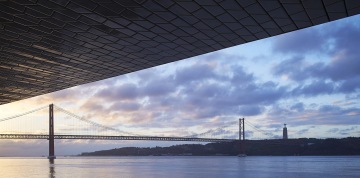
Michael Kimmelman will be amongst 20 international guests to speak at RESONATE, Thinking Sound and Space in Lisbon on February 12. The line-up includes Kjetil Trædal Thorsen, the Founding Partner of Snøhetta who will present the secrets of their successful Oslo Opera House. The Principal of Diller Scofidio + Renfro Elizabeth Diller, rebel of the profession and one of the most influential builders of cultural spaces such as Los Angeles’s Broad Museum and The Shed between New York’s High Line and Hudson Yards, will speak about their achieved and future projects.
A room sounds very different when a window is open. Sound defines, animates and enlarges the architecture.
Kimmelman also points out that "sound defines, animates and enlarges the architecture" and he adds: "If only subliminally, we also know, by contrast, when sound spoils architecture because it fails to correspond to function." Thus, he underlines how sound and form reinforce each other, and why sound should be an integral part of the design processes of architecture.
Related Stories
Check the program and register for RESONATE
"RESONATE: Thinking Sound and Space" powered by MAAT and reSITE is a conference on Architecture, Art and Sound in collaboration with Meyer Sound. Early Bird offer is now available for this exclusive event in a fascinating venue: MAAT Museum Lisbon on February 12, 2018.
Sound Check: RESONATE
Getting ready to RESONATE with today's most inspiring minds in architecture and creators of ground-breaking acoustic experiences. There is still time to join us for a day of outstanding talks, presentations and performances at the intersection of Architecture, Art and Sound at the award winning, Amanda Levete-designed venue, MAAT Museum in Lisbon February 12th.
Let it RESONATE
reSITE and MAAT explored all about the omnipresence of sound in architecture
A decade of reSITE
It's the end of a decade but the start of an age, for reSITE. Relive some of our most favorite shared ideas through the years.
Related Talks
Creating Common Ground with Michael Kimmelman | reSITE City Talks
Michael Kimmelman, architecture critic for the New York Times, speaks to reSITE about how architects are responsible for creating healthy cities to address climate change, refugees, and urbanisation. In conversation with urban planners and designers, architects can create resilient neighborhoods and cities.
Boom Towns are Immigration Towns with Michael Kimmelman
Michael Kimmelman, architecture critic for the New York Times, uses Stuttgart, Mexico City, and Guangzhou as examples of ways cities have handled an influx of migrants and how the cities have adapted or not adapted differently. The current issues in these cities differ based on location, situation of incoming migrants, and how well the city has handled new arrivals, with Stuttgart presented as a model city for migrant reception.
Saskia Sassen: City is an Extraordinary Animal
Saskia Sassen, professor of sociology at Columbia University, discusses the migrant experience relating to land use and the urban habitat. She focuses on the privatizing and corporatizing of modern cities and how these trends affect the people living in cities, especially disadvantaged and ignored populations.
Can we Gamify Urban Design with Ekim Tam + Play the City
Ekim Tan, inventor of Play the City, moderated and listened to participants discuss the experience of their city, including the urban issues they faced and solutions to problems. At reSITE 2016, attendees played a large scale "Play the City" game where they were assigned roles and simulated making decisions and reacting to events in a city.


